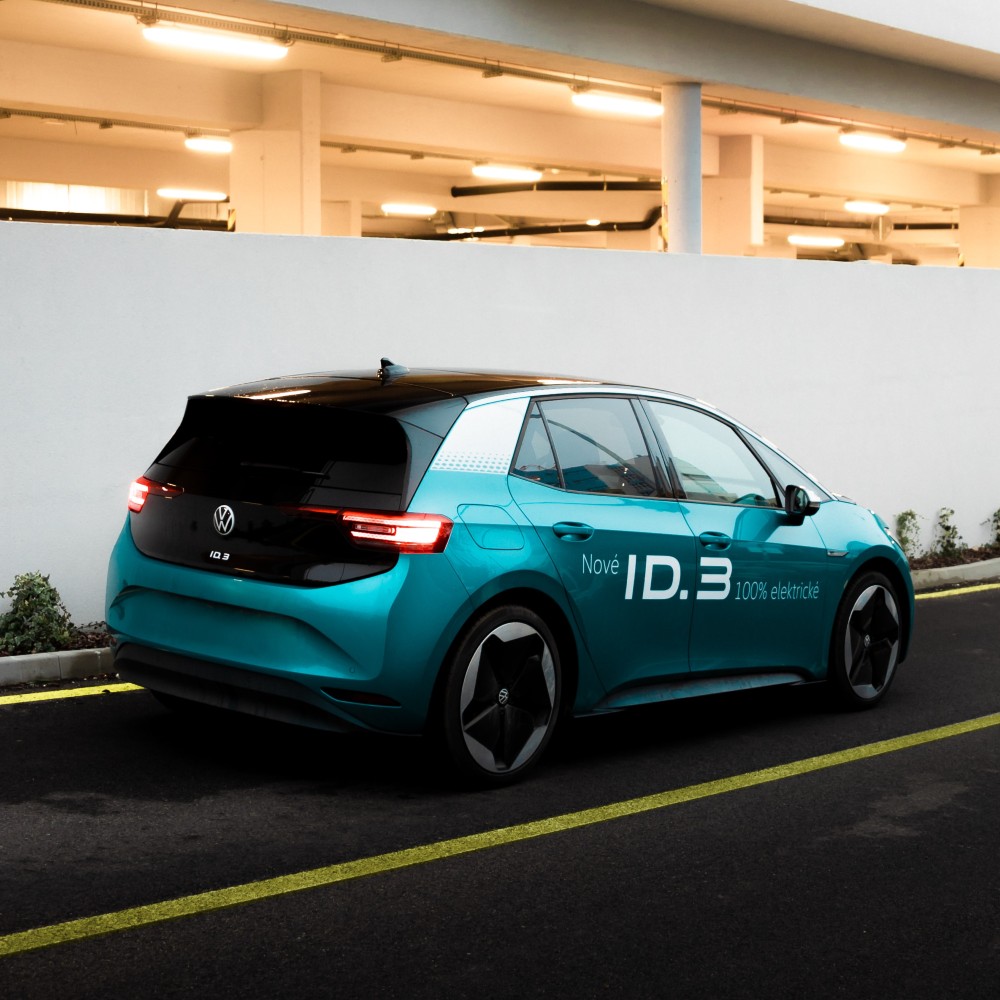Published:
Electric vehicles have been around since the late 1800s, but they have only recently been discussed as the next big thing in the automotive industry. With increasing performance and technology improvements, government support, and lower production costs, electric vehicles are expected to have a huge impact on the industry in the coming decades.
The electric vehicle market was valued at $162 billion in 2019 and is projected to reach $803 billion by 2027, a CAGR of 22.6%. Although the pandemic negatively affected projected EV growth and caused overall commercial vehicle sales to drop 23% in 2020, EV’s are expected to amount to 28% of commercial vehicle sales in 2030 and climb to 58% by 2040. China has been dominating—and will most likely continue to dominate—the EV market, accounting for half of all global sales. Increasing demand, favorable policies put in place by the government, and the excellent corporate structures within local companies like Kandi Technologies Group and Nio will continue to promote growth. Nio actually outperformed Tesla In 2020 in terms of capital growth, with its share price gaining an extraordinary 1400%.
In Europe, the EV sector has seen significantly more growth than other regions, besides China. Norway leads the way, with roughly 55% of its vehicles sold in 2020 being electric. The UK and Germany will closely follow that rate, as both countries’ governments have fully committed to a target of net zero greenhouse gas emissions by 2050. The U.S., though still relevant, lags behind China and Europe in terms of EV market share, mainly due to manufacturers delaying the release of new vehicles and relatively low oil prices. Deloitte expects that by 2030 China will hold 49% of the global EV market, Europe will account for 27%, and the U.S. will hold 14%. Outside of these three regions mentioned, the rest of the world is clearly far behind in projected EV market share, mainly due to the lack of capital available in less developed countries. Unfortunately, as with many other luxuries, the steady conversion to electric vehicles will not be achieved uniformly around the world.
File under






